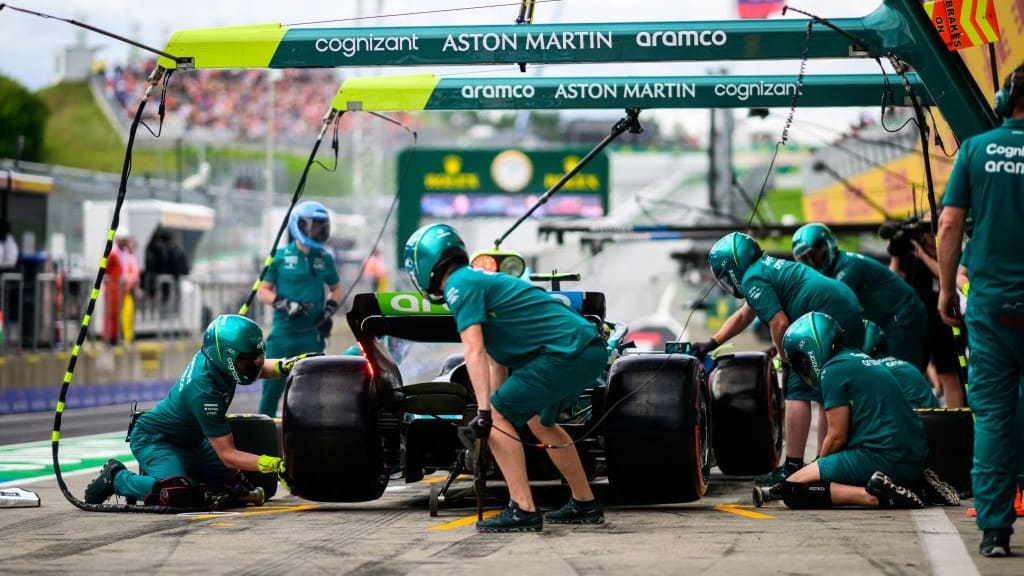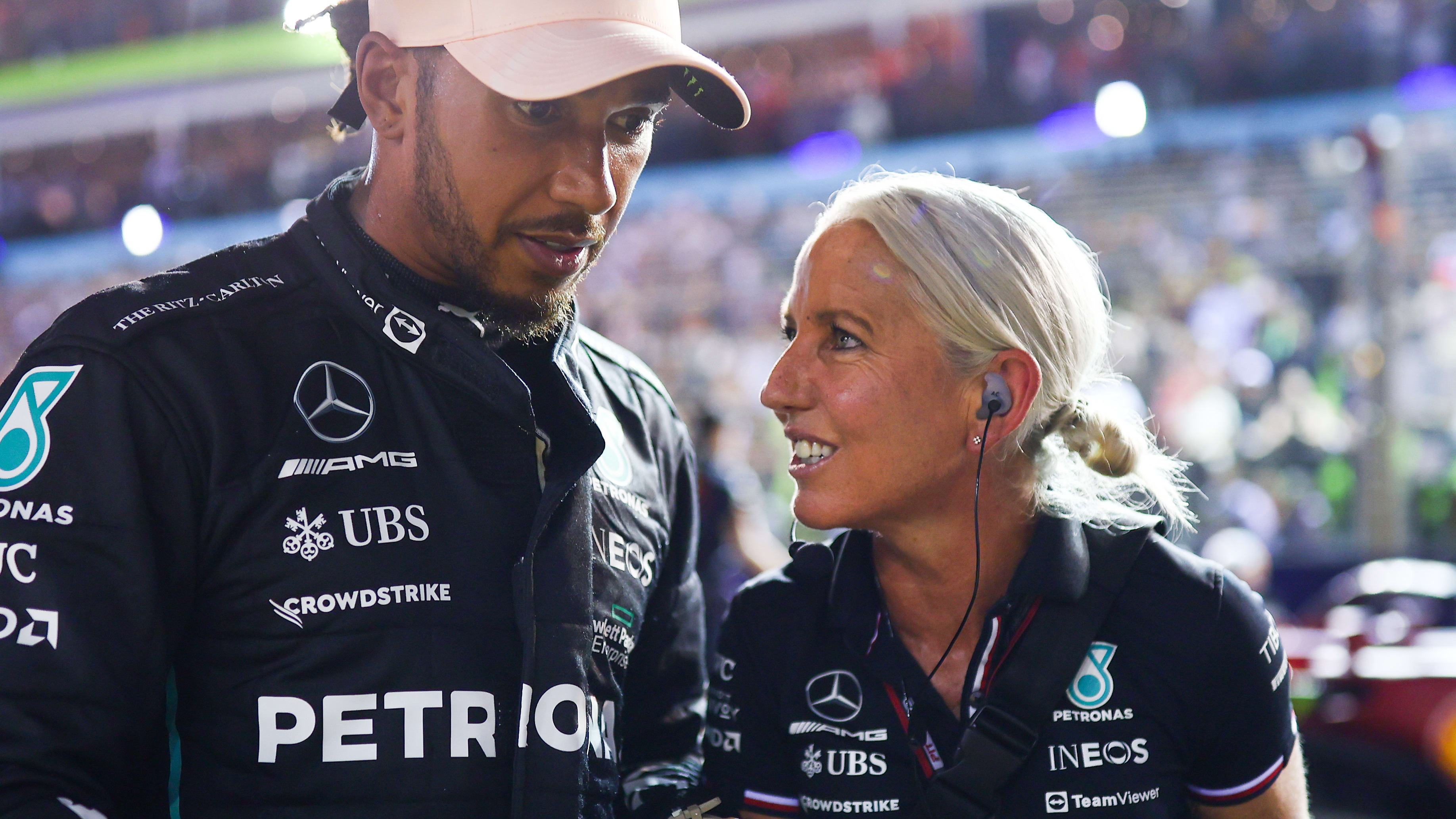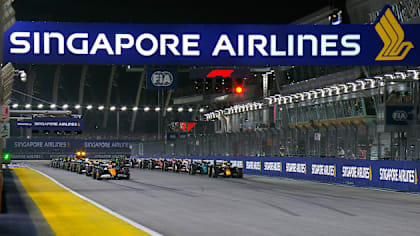
Feature
STRATEGY GUIDE: What are the possible race strategies for the 2022 Austrian Grand Prix?

Share

We’ve been racing once already this weekend and the Sprint has given teams a look at how their cars will respond in race trim, so let’s take a look at the different strategic options available to the teams and drivers in Austria for the Grand Prix itself...
What’s the quickest strategy?
Unlike a week ago in Silverstone, there’s a clear and obvious quickest strategy available in terms of a one-stopper, and in some ways the Sprint has helped to confirm that.
The majority of the field started the Sprint on the medium compound tyre and managed to get to the finish without major drama, with even those who started on the softs being competitive for the duration of the 23-lap race.
As fuel loads will be higher for the Grand Prix itself, the soft isn’t expected to be a likely choice at the start because Pirelli has brought the softest three compounds to the Red Bull Ring and therefore it will degrade too quickly with a heavy car, but the medium can hold on well as was demonstrated in the Sprint.
An opening stint of between 24 and 32 laps will allow drivers to switch to the hard compound and run to the end, with the hard expected to be a consistent tyre that is also only around 0.3 seconds per lap slower than the medium.
Two-stopping to use the soft is expected to be up to 15 seconds slower in terms of total race time, meaning all teams are going to be aiming for the one-stop.
)
How about a different option for the top 10?
Given how strong the hard compound is likely to be – as it’s actually the middle compound of the five available in Pirelli’s range – there is a good opportunity for others to start on the hard and target a longer first stint.
What the hard tyre does is give flexibility, and while there won’t be any advantage off the line compared to the medium, it is not expected to feature the same warm-up issues that the hard at Silverstone had (at Silverstone the hard was also Pirelli’s hardest overall compound – the C1 – whereas this weekend it is the C3, the tyre that was actually the soft last weekend. Make sense? Good.)
To run the opposing strategy to the one likely to be utilised by those starting near the front, the opening stint will need to be in the region of 38-45 laps, before switching to the mediums and being able to push to the finish.
1 / 2
What are the options for the bottom half of the field?
There’s another way of running the one-stopper by starting on the hards, with an even longer first stint targeted. The hard tyre is expected to be usable for over 50 laps, meaning those further back could opt for that compound at the start and then run as long as possible in the hope of a Safety Car providing them with a pit stop opportunity.
If they reach Lap 46, then from that point onwards they could consider a switch to the soft compound, as the tyre will have a much longer life towards the end of the race when the fuel load is lower and the track has rubbered in as much as possible.
READ MORE: Who gained and lost the most positions in the Red Bull Ring Sprint?
Although it is slower, a potential two-stop option of medium-hard-medium could be attempted if there’s a Safety Car later in the race that limits the amount of time lost in the pits.
The medium compound goes through three phases around this circuit, with the front tyres being the limiting factor due to understeer early on, then the rears starting to degrade, initially balancing the car, before then the rears become a problem.
)
Wait, but what’s the weather doing?
The forecast has been changing throughout the race weekend, with wet weather having originally been expected for at least some track running but now looking less likely to fall while the race is ongoing.
Rain is expected overnight, though, and it could be heavy and even continue throughout most of the morning. While the track is likely to be dry by the time the Grand Prix starts, it could well lead to what is called a “green” track, where the grip level is much lower as the rubber out down over the weekend has been washed away.
HIGHLIGHTS: Watch the action from the Sprint in Austria, as Verstappen beats duelling Ferraris
The impact of that in terms of tyre wear would be for more abrasion, leading to higher levels of degradation and making the soft a tougher tyre to manage, so even further reducing the likelihood of it being seen. It could also make the first stint tricky for drivers staring on the mediums, as we saw some drivers start to struggle a little with degradation towards the end of the Sprint if they had pushed a bit too hard early on.
At a high of 21C, the race is likely to be a little cooler than Saturday’s running, which should give the drivers a little bit of an easier time and prevent degradation getting too high. Another impact of that would be that the undercut would not be overly powerful, as there wouldn’t be huge differences in tyre performance between a set at the start of a stint and the end.
)
YOU MIGHT ALSO LIKE
News Formula 1 and Singapore Airlines renew Singapore Grand Prix title sponsorship
Feature TIMELINE: From a ‘GP2 engine’ to World Champions – recounting McLaren’s scarcely believable F1 turnaround
News Alessandro Alunni Bravi to leave Team Representative role at Kick Sauber
News 'One of the best feelings of my life' – Hamilton reflects on 'special' first Ferrari drive

)
)



